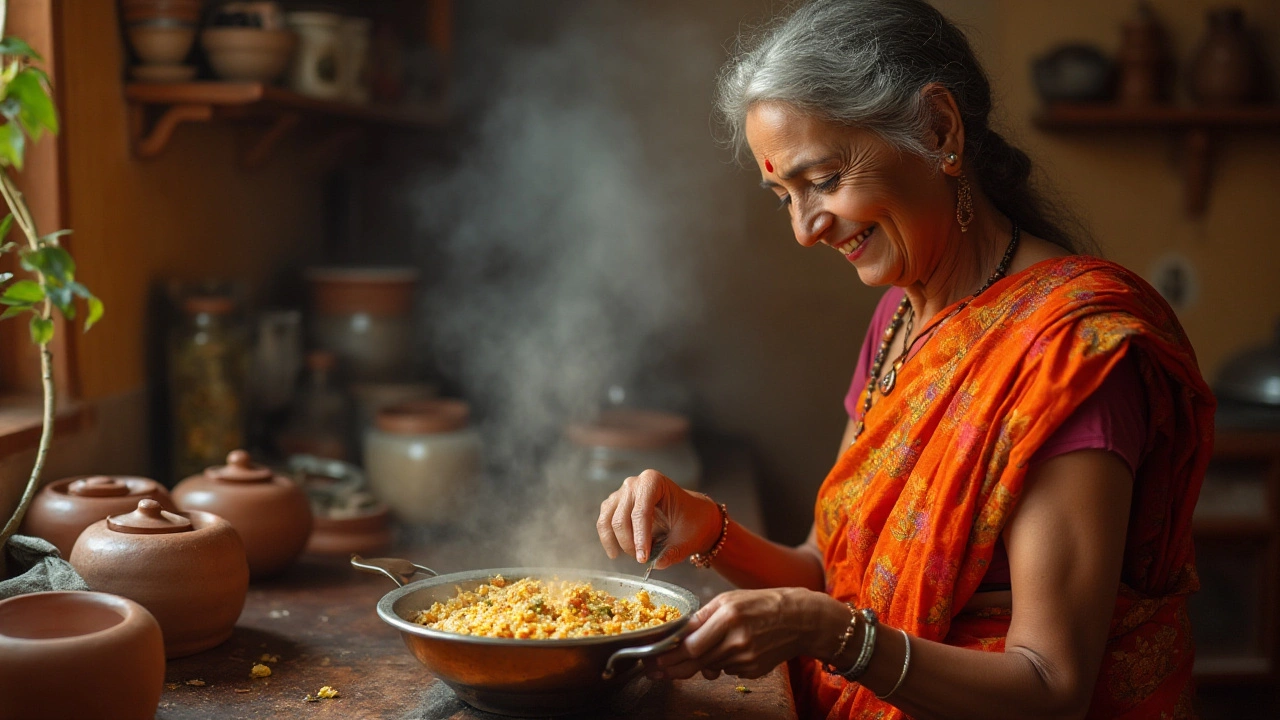Traditional Remedies: Simple Healing Tips You Can Use Today
Ever wonder why grandparents swear by a pinch of turmeric or a cup of ginger tea? Those old‑school cures aren’t just nostalgia – they’re real, low‑cost ways to support your body. In this guide you’ll find the most useful remedies that actually help, plus clear steps on how to use them safely.
Why Traditional Remedies Still Matter
Traditional remedies come from generations of trial and error. Families passed down recipes because they saw results, not because they read a textbook. That hands‑on testing gives these cures a credibility that modern supplements sometimes lack. They’re also easy to find – most ingredients live in a typical Indian kitchen.
Another plus is that they usually have few side effects when you follow the right doses. A teaspoon of honey, a few leaves of tulsi, or a splash of neem oil can do a lot without the chemicals you find in many over‑the‑counter pills. Of course, if you have a serious condition, a doctor’s advice still matters.
Everyday Remedies You Can Try Today
Turmeric for inflammation: Mix a half‑teaspoon of turmeric powder with warm milk, a dash of black pepper, and a touch of honey. Drink it once a day for joint aches. The pepper boosts curcumin absorption, making the blend more effective.
Ginger for nausea: Peel fresh ginger, slice thinly, and steep in hot water for five minutes. Add a squeeze of lemon if you like. Sip slowly when you feel queasy – the ginger settles the stomach in minutes.
Tulsi (holy basil) for colds: Boil a handful of fresh tulsi leaves with water, strain, and add honey. Drink two cups daily during a cold. Tulsi’s antiviral properties help ease a sore throat and boost immunity.
Neem for skin problems: Paste neem leaves with a little water, apply to acne‑prone areas, and leave for ten minutes before rinsing. Use this twice a week to reduce inflammation and keep breakouts under control.
Ajwain (carom seeds) for digestion: Roast a teaspoon of ajwain in a dry pan, add a pinch of salt, and chew after meals. It relieves gas and bloating fast, especially after heavy, spicy dishes.
All these remedies work best when you’re consistent. A single dose might not show magic, but a routine of a few minutes a day can add up to noticeable relief.
Safety tip: Start with a small amount to see how your body reacts. If you notice any rash, dizziness, or worsening symptoms, stop and consult a health professional.
Ready to give them a try? Pick one that matches your current need, gather the ingredients, and set a reminder. You’ll be surprised how quickly a simple kitchen staple can become a go‑to health ally.
Traditional remedies aren’t a fad – they’re a practical toolkit handed down through centuries. Use them wisely, stay aware of your body’s signals, and you’ll enjoy a more natural, affordable way to feel better every day.
